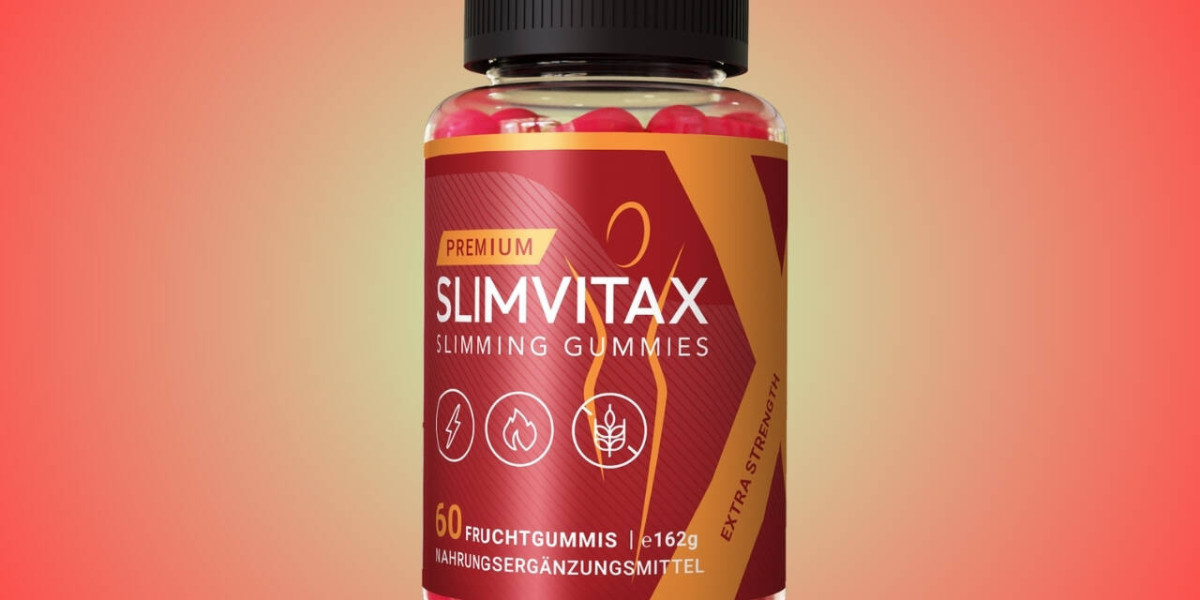Choosing windows is like selecting the lenses for your favorite pair of glasses—you want the perfect blend of clarity, style, and comfort. Yet, with so many shapes, materials, and buzzwords flying around, finding “the one” can feel overwhelming. What if you could break down the process into simple, bite‑sized questions? What matches my home’s personality? How much light do I need? Will these frames survive my local climate? In this guide, we'll walk together, frame by frame, so you can look out of your new windows with confidence and maybe even a little pride.
1. Understanding Window Basics
Key Point: A window’s anatomy—frame, sash, glazing, hardware—sets the stage for everything else.
Think of the frame as the stage and the sash as the actor; without a sturdy stage, even the best actor flops. Frames hold the entire unit together, while sashes move or stay put depending on the design. Glazing (the glass) delivers insulation and light, and hardware is the unsung hero that lets everything open, tilt, or lock smoothly. By grasping these parts, you’ll decode specs later without breaking a sweat.
2. Matching Windows to Your Home’s Architectural Style
Colonial Charm or Modern Minimalism? Windows are like eyebrows for your house—they frame the “face” and set the mood.
Traditional homes often shine with double‑hung or bay windows that echo symmetry.
Modern builds favor large fixed panes or casements for that seamless glass‑wall vibe.
Cottages love quaint awning or bow windows that invite breezes and storybook aesthetics.
When style and function dance together, you avoid the visual equivalent of wearing sneakers with a tux.
3. Frame Materials: Pros, Cons, and Perfect Fits
Material | Why You’ll Love It | What to Watch For |
Wood | Warm, paintable, great insulator | Regular painting or sealing is needed |
Vinyl | Budget‑friendly, low-maintenance | Limited color choices may warp in the heat |
Aluminum | Slim profile, modern look | Conducts heat—needs thermal breaks |
Fiberglass | Strong, stable, paintable | Higher upfront cost |
Composite | Mix of wood & PVC strengths | Fewer style options, price varies |
Tip: Compare warranties. A 20‑year seal warranty tells you the maker trusts their product.
4. Glass Options and Energy Efficiency
Ever noticed how a thermos keeps coffee hot and lemonade cold? That’s the magic of insulation layers, and windows work the same way.
Double or Triple Pane: More layers mean better thermal performance.
Low‑E Coatings: A microscopically thin metallic layer that bounces heat back toward its source, ike a reflective space blanket.
Gas Fills (Argon/Krypton): Think of them as invisible sweaters between panes, slowing heat transfer.
Look For: The ENERGY STAR® label and a low U‑factor (heat loss) paired with a suitable Solar Heat Gain Coefficient (SHGC) for your region.
5. Window Types and How They Function
Function first, flair second.
Double‑Hung: Both sashes slide—classic and easy to clean.
Casement: Side‑hinged, crank‑open like a door—great for catching breezes.
Awning: Top‑hinged, open outward—perfect for rainy climates.
Slider: One sash glides horizontally—space‑saving for patios.
Picture/Fixed: Non‑operable, panoramic views—think living‑room centerpiece.
Bay/Bow: Multi‑panel projections—adds interior space and curb wow.
Choosing a type that aligns with ventilation needs and furniture layout prevents regret down the road.
6. Climate Considerations You Can’t Ignore
Do you live where summers sizzle or winters bite? Selecting windows without considering local weather is like wearing flip‑flops in a snowstorm.
Cold Climates: Seek low U‑factor, triple glazing, and warm‑edge spacers.
Hot, Sunny Regions: Prioritize low SHGC glass to block solar gain.
Coastal Areas: Corrosion‑resistant frames and impact‑rated glass fight salty air and storms.
Consult regional building codes; they’re your built‑in cheat sheet.
7. Budgeting and Life‑Cycle Costs
Sticker price isn’t the whole story.
Sure, vinyl might cost less today, but if fiberglass saves you 20% on energy bills for 30 years, which is cheaper? Factor in:
Upfront Cost
Energy Savings
Maintenance Expenses
Resale Value
Run the numbers or ask your favorite home improvement services provider for a cost‑of‑ownership breakdown.
8. Installation Matters: DIY vs. Professional Help
YouTube makes everything look easy—until the first draft sneaks in around a crooked frame. Professionals:
Ensure a tight, plumb installation.
Flash and seal correctly to prevent leaks.
Often include labor warranties.
If you’re handy and replacing a single, standard‑size window, DIY can save labor costs. For whole‑house replacements or custom sizes, professional installers are worth every penny.
9. Maintenance and Longevity
Rule of Thumb: Lower maintenance today often means longer life tomorrow.
Wood: Annual inspection, repaint every 3–5 years.
Vinyl & Fiberglass: Occasional washing, check weep holes.
Hardware: Lubricate hinges, locks, and tracks yearly.
A Saturday afternoon with soapy water and a screwdriver beats premature replacement.
10. Enhancing Curb Appeal and Resale Value
First impressions matter—ask any real estate agent. Matching grille patterns, frame colors, and trim styles can:
Boost perceived home value.
Shorten the sale time when you decide to move.
Make neighbors secretly jealous (no judgment).
Consider accent shapes—an arched window over the entry can feel like rolling out a welcome mat.
11. Security and Safety Features
Don’t let beauty lull you into forgetting safety.
Reinforced Locks: Multi‑point or cam locks resist prying.
Laminated Glass: Adds a clear security layer, much like a car windshield.
Egress Windows: Basements and bedrooms need openings large enough for escape—check local code.
Peace of mind is priceless.
12. Sustainability and Eco‑Friendly Choices
If you’re counting carbon, windows can help.
Recycled Content Frames: Aluminum and some composites hit high marks.
Responsible Wood Sourcing: Look for FSC certification.
End‑of‑Life Recycling: Ask manufacturers about take‑back programs.
Your future self—and the planet—will thank you.
13. Working with Home Improvement Services
Why partner up? Experience, bulk pricing, and project management.
A reputable home improvement services company can:
Audit your existing windows with infrared cameras.
Recommend products tailored to your style, climate, and budget.
Coordinate delivery, permits, and cleanup—saving you time and stress.
Pro Tip: Read online reviews, verify insurance, and insist on a detailed, written quote.
14. The Final Decision Checklist
Before you sign or swipe:
Style: Does it match the architecture?
Material: Suits climate & maintenance tolerance?
Energy Ratings: Meets or exceeds regional standards?
Budget: Upfront + lifetime costs acceptable?
Installer: Certified, insured, well‑reviewed?
Tick all boxes, and the view ahead is clear.
Conclusion
Selecting windows isn’t just a purchase—it’s an investment in comfort, energy savings, and curb appeal that will shape every sunrise you watch from your bedroom and every sunset that warms your living room. By pairing your aesthetic dreams with practical questions—about climate, maintenance, and long‑term costs—you empower yourself to make choices you’ll admire for decades. Remember, trusted home improvement services can translate these wishes into airtight reality. Ready to let the light in?
FAQs
1. How often should I replace my home’s windows?
Most quality windows last 20–30 years, but signs like drafts, condensation between panes, or sticking sashes signal it’s time sooner.
2. Are triple‑pane windows worth the extra cost?
In colder climates, yes. They reduce heat loss and outside noise, often paying back the premium through energy savings.
3. Can new windows boost my home’s resale value?
Absolutely. According to remodeling reports, homeowners recoup 60–70% of window‑replacement costs, and homes often sell faster.
4. Is Low‑E glass effective in hot regions?
Yes. Low‑E coatings reflect infrared heat, keeping interiors cooler and reducing air‑conditioning loads.
5. What’s the biggest mistake people make when picking windows?
Focusing on price alone. Ignoring energy ratings, installation quality, and style compatibility can cost more in the long run.





